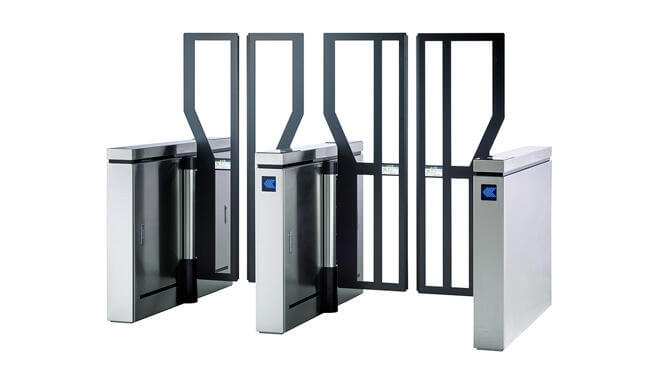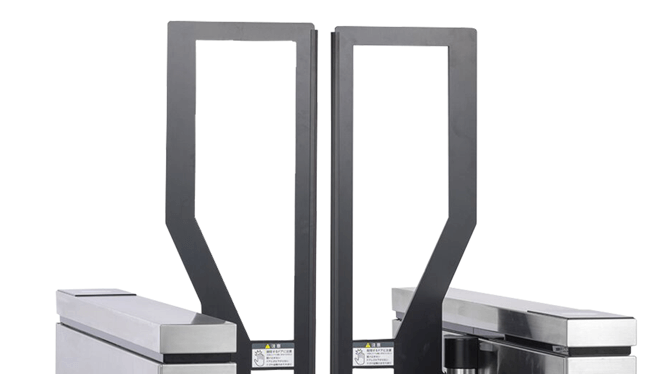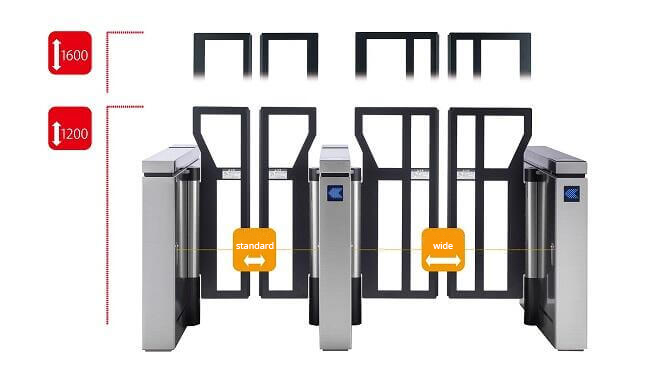-

QR codes
This is an authentication method that is easy to display on smartphone screens and print. It has been widely adopted in cases where temporary use and access are required, such as visitor reception systems.
-

Barcodes
This authentication method is often used in hospitals, factories, and event facilities. It is compatible with wristbands and is suitable for situations where a large number of temporary users pass through.
-

RFID tags
This authentication method is widely used in factories and other locations due to its long-range readability. Simply carrying the tag allows for authentication, making it ideal for situations where both hands are occupied with luggage or for entry checks on vehicles.
-

Face recognition
This method reads and authenticates facial information. In addition to preventing impersonation and enhancing security, it also offers the convenience of contactless authentication, making it a popular choice for use at entrances.
-

Fingerprint authentication
This method reads and authenticates fingerprints from the fingertips. There are two types: contact and non-contact.
-

Finger vein authentication
This method uses the veins in the fingertips for authentication. It is difficult to impersonate and has few false detections.
-

Iris recognition
This detection method is extremely difficult to spoof and has few false detections. It is suitable for installation in critical rooms where security must be ensured.
-

Back of hand vein authentication
This authentication method reads the veins on the back of the hand. It is difficult to impersonate and has few false detections, making it ideal for installation in locations that require high security, such as data centres.
-

Palm vein authentication
This is a biometric authentication method that reads the veins in the palm of the hand. It is difficult to impersonate and has few false detections, and since it is contactless, it is hygienic and safe to use.
















